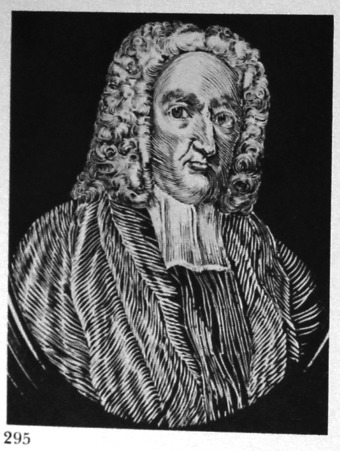Bermingham, Nathanial (McKechnie Section 1)
Recorded by Jackson (Dictionary), who states that he was born in Dublin, and that by 1765 he had moved to London, where his address was 'the corner of Great Queen Street, opposite Long-Acre'. In 1774 he was still in London, but at a different address. At the time, he was a heraldic painter and an artist who cut out portraits and coats-of-arms in vellum with the point of a knife. One of his exhibits (1774) at the Society of Artists, a portrait of the Duke of Gloucester (the younger brother of George III) was described as 'being cut in paper in an entirely new manner'. Graves (The Society of Artists in Great Britain) quotes an address 'at Mr. Kelly's, The Cane Shop, Near Temple Bar' for this year, when Bermingham also exhibited four paintings.
Jackson also mentions a cutting (at the time, in the Museum and Fine Art Gallery, Bristol, but now not known there), representing Shakespeare on his monument in Westminster Abbey. The inscription on the base is said to have run as follows: 'Mr. Fleetwood and Mr. Rich: Masters of the two Theatres, having generously given a Benefit Play each, towards erecting a monument to the Memory of that Inestimable Shakespeare, which is now set up in Westminster Abbey by the Direction of the Rt. Hon. the Earl of Burlington, Mr. Pope, Dr. Mead, and Mr. Martin.' This cutting measured 16 x 10 in. and was signed 'Nat. Bermingham Sc. 1746.' It may be that this date was misprinted for 1776.
Jackson mentions a cut profile by Bermingham which was at one time in the Victoria and Albert Museum, 'set up in' a small mahogany table screen (19½ x 11¼ in.). The subject was Frederick, Prince of Wales (father of the Duke of Gloucester), and, since the Prince died in 1751, this, like other examples, must have been based on earlier prints. Cut in an oval format, the white paper profile of the Prince was placed beneath a painted female symbolic figure, with drapery. The whole piece was set against a background of blue, further decorated with stars, with a coat-of-arms in the corner.
Jackson illustrates the extremely fine portrait of Judge Jeffreys, cut by Bermingham in white paper, possibly from a print, in 1774, which I have also illustrated. She also records a finely cut profile of the Duke of Cumberland (William Augustus, 'Butcher' Cumberland of Culloden). This, too, was cut in white paper, but was mounted on looking-glass and finely framed in tortoiseshell. The size of this piece was 29½ x 23in. I also own another, of Mr. Loyd, of Camden Street, measuring 13 x 9in.
Another example of Bermingham's work, sold at Sotheby and Company, London, before the Second World War, also represents the Duke of Cumberland: mounted, holding his baton, and wearing armour. This large profile, also mounted on looking-glass, was framed in tortoiseshell and ebony, and measured 27 x 23 in.
As will have been inferred from the descriptions which I have already given of the work of this artist, his white cut paper work was not that of a commercial profilist. and consisted of elaborate set-pieces representing well known persons. The white slashing on the portrait of Judge Jeffreys is, on the face, almost as fine as stippling in an engraving. The eyes are formed by tiny stipple-like circles of cut paper. and the hair is composed of tiny cut scrolls of paper. The only part of the profile which does not appear quite so fine is the judge's robes, but even these are competently rendered. To judge from the recorded examples, it would appear that Bermingham always used white paper, or vellum. It is unlikely, therefore, that any black cut profiles by him will come to light.
Most of the examples of the artist's work described by Jackson were signed 'Nat. Bermingham Sc.', with the date. It is unlikely that such elaborate and specialized pieces would have been left unsigned, but if so, the fineness of the slashing, and the narrowness of the piece of paper used, should indicate the identity of the artist.
Ill. 295.

Judge Jeffreys, First Baron Jeffreys of Wem
Cut silhouette
1774
A superbly cut portrait of the judge of the ‘Bloody Assize’.
From E. Nevill Jackson, ‘Silhouette: Notes and Dictionary’ (1938), by courtesy of Methuen and Co. Ltd
